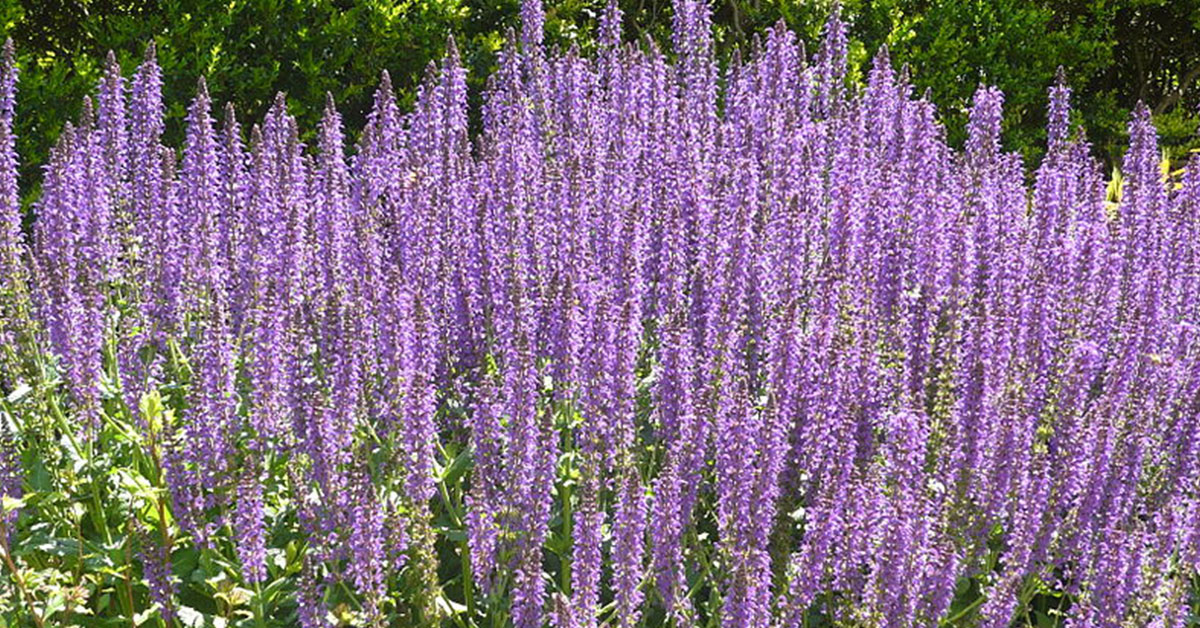Peppers are a delightful addition to any garden, offering a burst of color and flavor. However, getting a bountiful harvest requires some care and attention, especially as the summer heat intensifies in July. Whether you’re growing bell peppers, jalapeños, or sweet varieties, there are several strategies you can implement to maximize your yield during this critical month. With a few thoughtful adjustments, you can ensure your pepper plants thrive and produce an abundant harvest.
In this article, I’ll share ten effective tips to help you boost your pepper harvest in July. From optimizing watering practices to using companion plants, these strategies will help you make the most of your garden. Let’s dive in and explore how you can keep your pepper plants healthy and productive throughout the summer!
Optimize Watering Practices
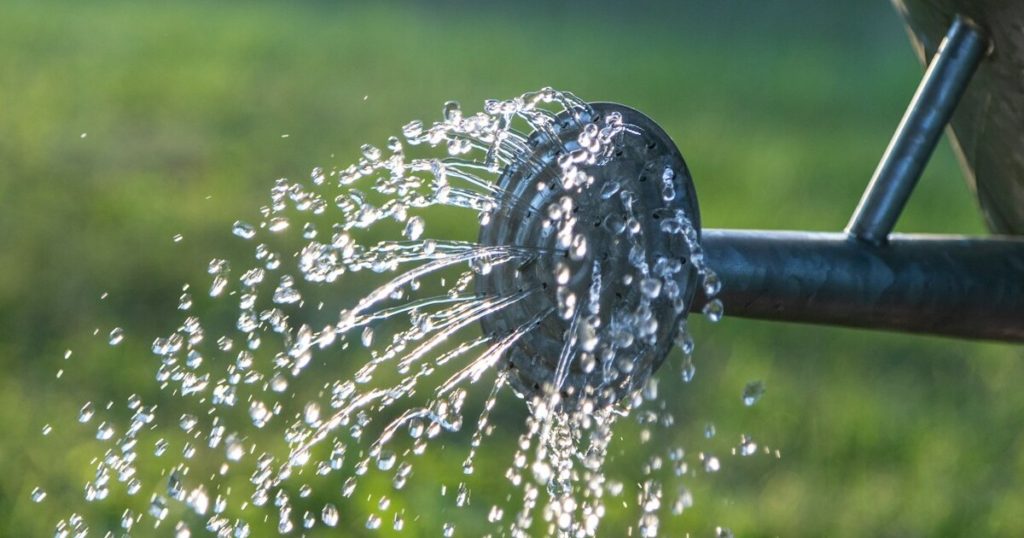
Proper watering is crucial for pepper plants, especially in the heat of July. Peppers prefer consistent moisture but can suffer from overwatering. Aim to water your plants deeply but infrequently, allowing the top inch of soil to dry out between watering sessions. This encourages deep root growth, which helps plants access water more effectively and withstand periods of drought.
One of my favorite tricks is to water in the early morning or late evening when temperatures are cooler. This reduces evaporation and ensures that your plants have adequate moisture throughout the day. Mulching around your pepper plants can also help retain soil moisture and keep roots cool, providing a more stable environment for growth.
Use Mulch to Retain Moisture
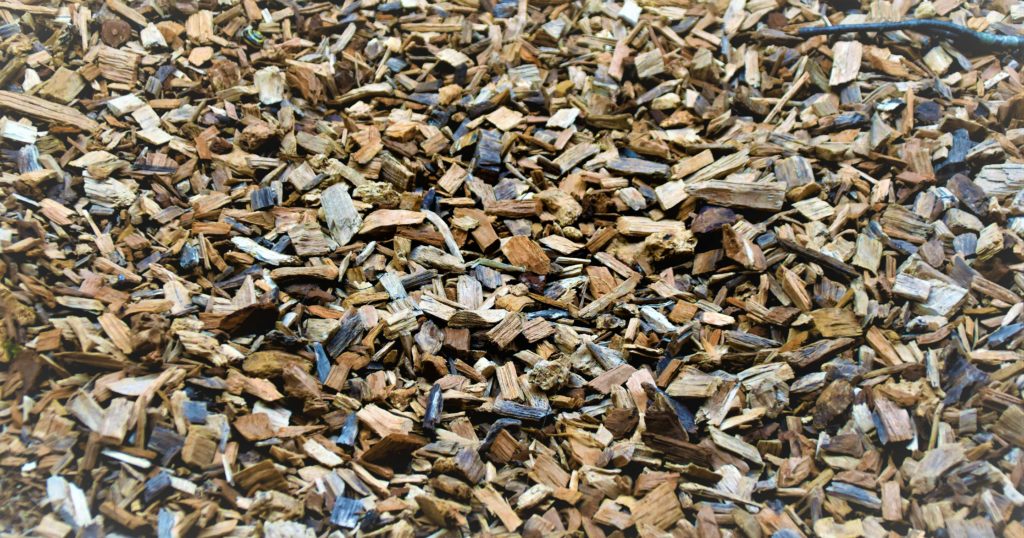
Mulching is a simple yet powerful way to boost your pepper harvest. By applying a layer of organic mulch, such as straw, grass clippings, or compost, around your pepper plants, you can significantly reduce moisture loss and keep the soil temperature stable. Mulch helps retain moisture in the soil, reducing the frequency of watering needed and protecting your plants from the stress of fluctuating temperatures.
Mulch also suppresses weeds, which can compete with your pepper plants for nutrients and water. A weed-free garden allows your peppers to grow more vigorously and produce more fruit. Additionally, as the mulch breaks down, it adds valuable organic matter to the soil, improving its structure and fertility over time. This creates a healthier growing environment for your pepper plants and boosts overall productivity.
Provide Adequate Nutrients
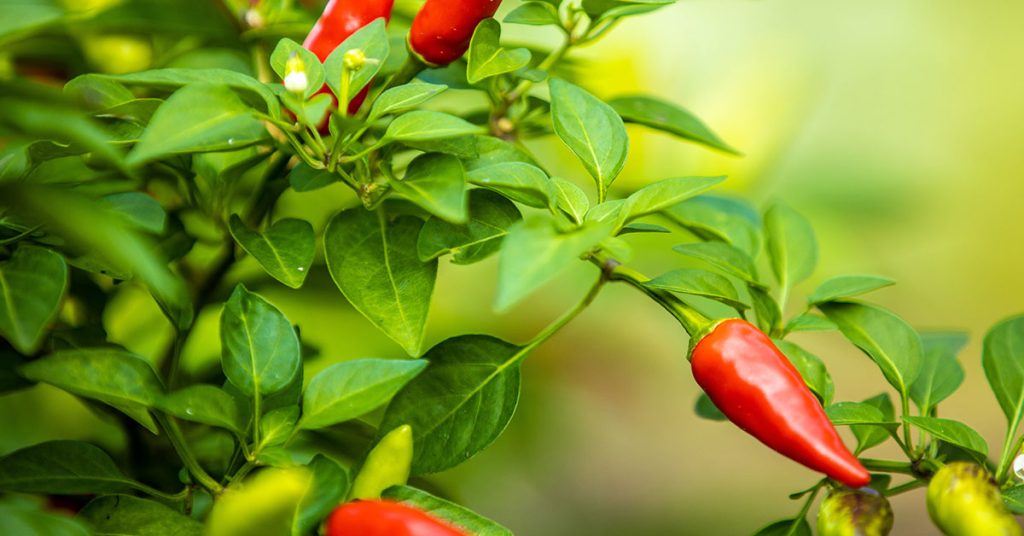
Feeding your pepper plants with the right nutrients is essential for a bountiful harvest. Peppers are heavy feeders and benefit from a balanced fertilizer that provides essential nutrients like nitrogen, phosphorus, and potassium. A good way to ensure your plants get what they need is to use a slow-release fertilizer or a liquid feed every two to three weeks during the growing season.
I always recommend using organic fertilizers, such as compost tea or fish emulsion, to nourish your plants naturally. These fertilizers not only provide essential nutrients but also improve soil health and microbial activity. Remember to follow the recommended application rates to avoid over-fertilization, which can harm your plants and reduce fruit production.
Prune for Better Air Circulation
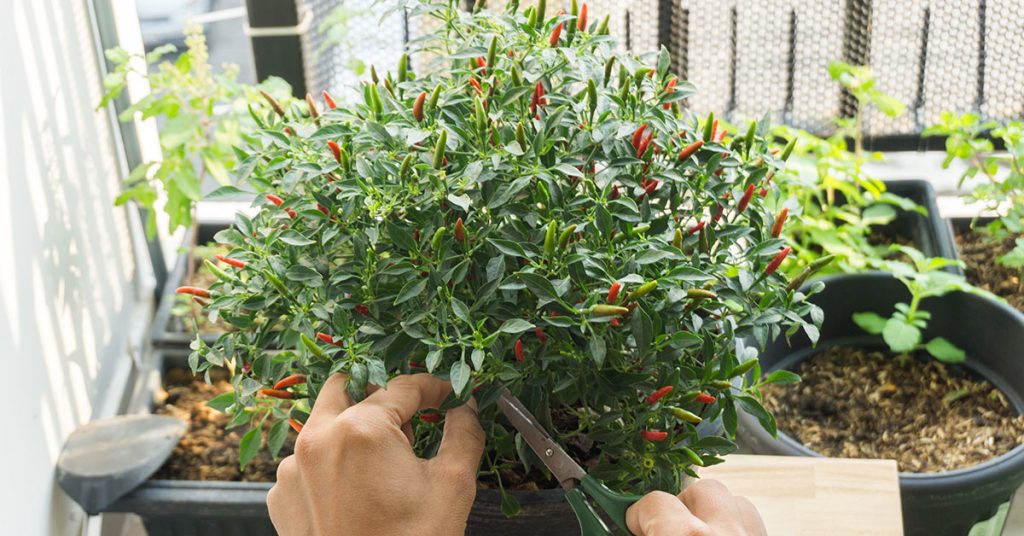
Pruning is a great way to boost your pepper harvest by improving air circulation and light penetration. Remove any dead or yellowing leaves, as well as any suckers (small shoots) that grow between the main stem and branches. This helps prevent diseases, such as powdery mildew and fungal infections, which thrive in humid conditions with poor airflow.
Pruning also encourages the plant to focus its energy on producing fruit rather than excess foliage. Be careful not to over-prune, as pepper plants still need plenty of leaves to photosynthesize and produce energy. Aim for a balance that promotes healthy growth and maximizes fruit production.
Companion Planting
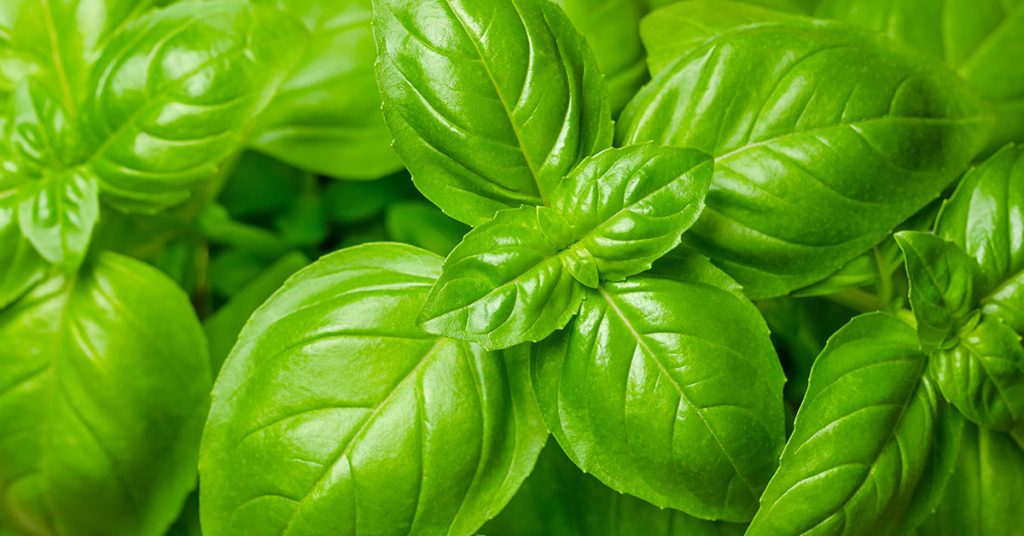
Companion planting can significantly enhance the health and productivity of your pepper plants. By growing peppers alongside beneficial companions, you can improve pollination, deter pests, and enhance nutrient availability. Some excellent companion plants for peppers include basil, marigolds, and onions. Basil, in particular, is known to enhance the flavor of peppers and repel aphids and spider mites.
Marigolds are fantastic for deterring nematodes and other soil-borne pests, while onions can help repel aphids, slugs, and other common garden pests. Additionally, these companion plants can attract beneficial insects, such as ladybugs and pollinators, which can help boost your pepper yield. Integrating companion plants into your garden can create a more balanced and productive ecosystem.
Monitor and Manage Pests
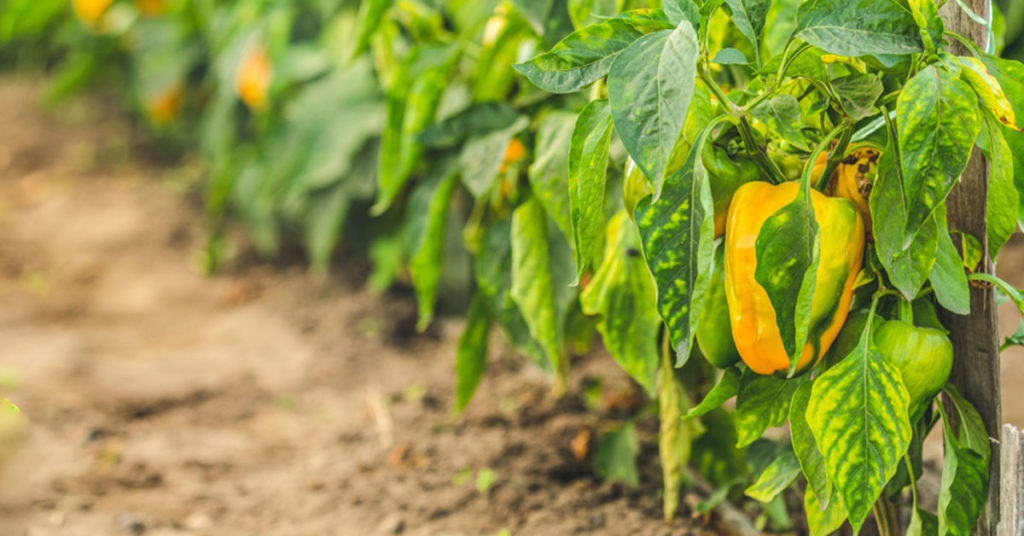
Pests can quickly become a major issue in your pepper garden, so it’s essential to stay vigilant. Regularly inspect your plants for signs of pests, such as aphids, spider mites, and caterpillars. Early detection allows you to manage infestations before they become severe. One of my go-to methods for pest control is to use natural predators, such as ladybugs and lacewings, which can keep pest populations in check.
You can also use organic pest control methods, such as neem oil, insecticidal soap, or homemade garlic spray, to deter pests without harming beneficial insects. Maintaining a clean garden by removing debris and weeds can also help reduce pest habitats. A healthy, pest-free garden will lead to more productive pepper plants and a better harvest.
Ensure Proper Pollination
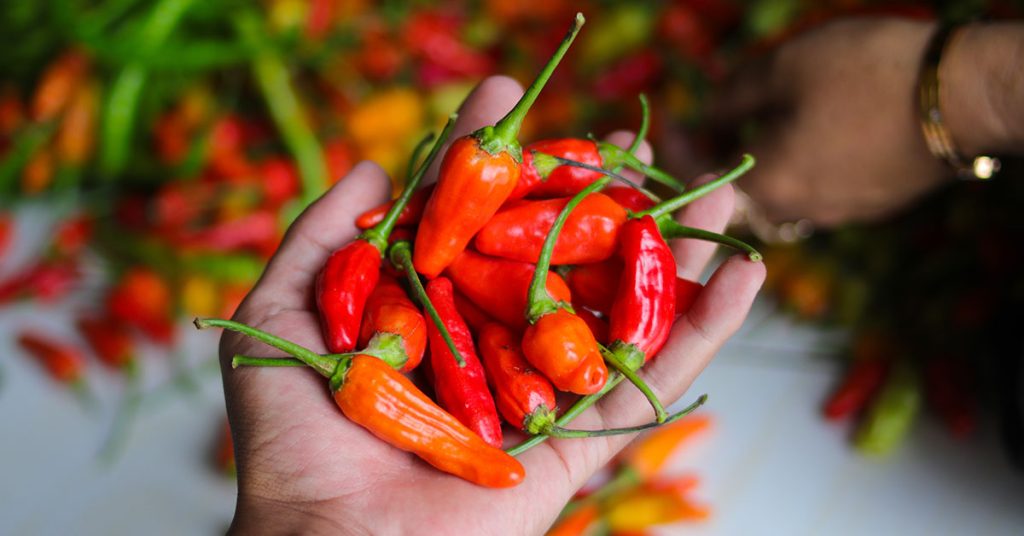
Pollination is crucial for fruit set in pepper plants. While peppers are generally self-pollinating, they can benefit from the presence of pollinators like bees and butterflies. To attract these beneficial insects, plant flowers like marigolds, sunflowers, and cosmos nearby. You can also gently shake your pepper plants to help transfer pollen between flowers, especially in indoor or greenhouse settings where natural pollinators may be scarce.
Ensuring proper pollination will increase the number of peppers your plants produce. If you notice flowers dropping without setting fruit, it could be a sign of poor pollination. Encouraging more pollinators in your garden and assisting with manual pollination can make a significant difference in your pepper harvest.
Maintain Optimal Soil Temperature
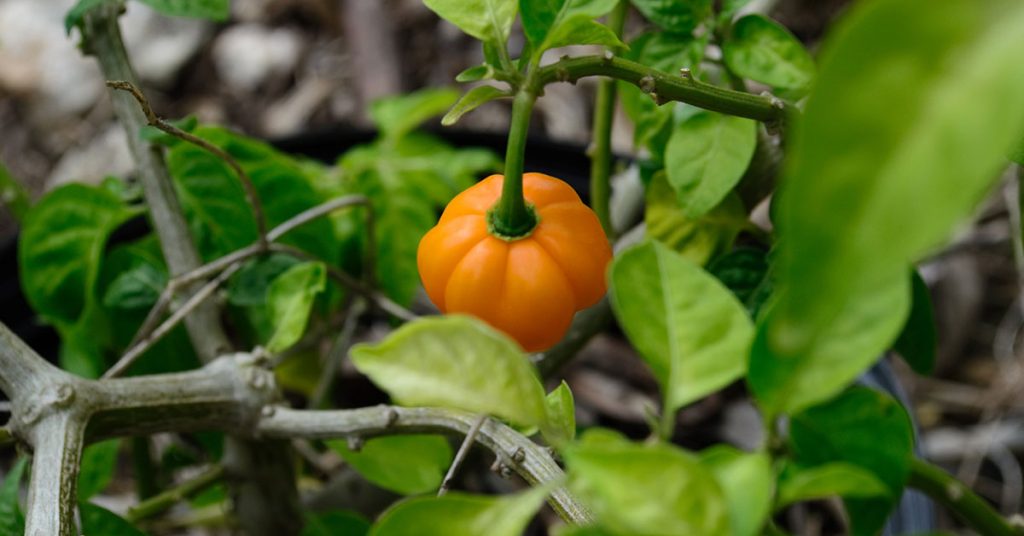
Pepper plants thrive in warm soil, but extreme heat can be detrimental. In July, when temperatures can soar, it’s important to maintain optimal soil temperature to ensure healthy growth. Using mulch, as mentioned earlier, helps keep the soil cool. You can also use shade cloths during the hottest part of the day to protect your plants from intense sunlight.
Another tip is to water your plants in the morning, which helps cool the soil and reduces evaporation. Avoid watering in the heat of the day, as this can cause water stress and damage the plants. Keeping the soil temperature consistent and within the optimal range will promote better growth and higher yields.
Stake or Cage Your Plants
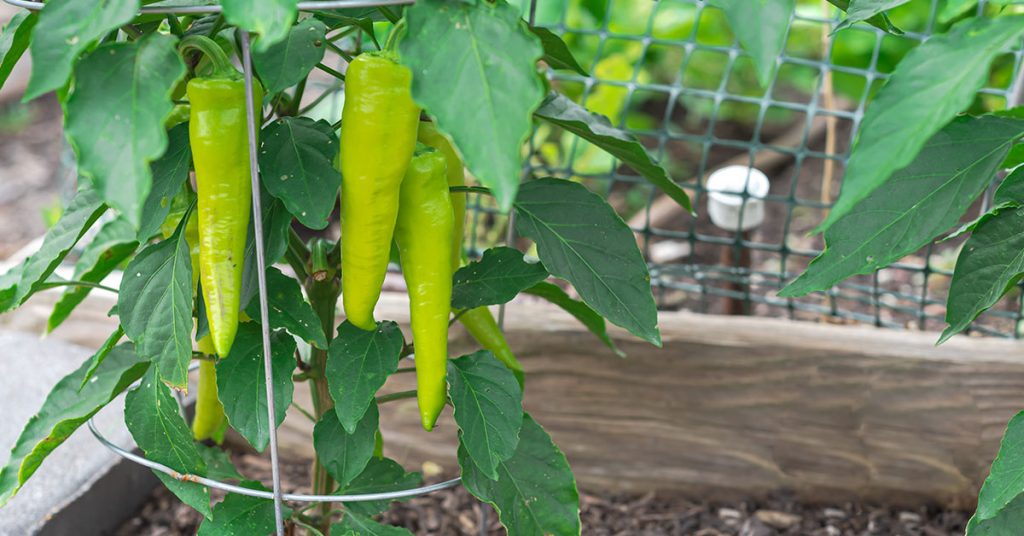
As pepper plants grow and produce fruit, they can become top-heavy and prone to falling over. Staking or caging your pepper plants provides necessary support and prevents damage from wind or heavy fruit loads. This practice also helps keep the plants upright, allowing for better air circulation and sunlight exposure.
When staking, place the stakes early in the season to avoid damaging the roots. Use soft ties to secure the plants to the stakes, ensuring they are not too tight to prevent cutting into the stems. Cages are also an excellent option, providing all-around support and making it easier to manage the plants as they grow. Proper support will help your pepper plants stay healthy and productive.
Harvest Regularly
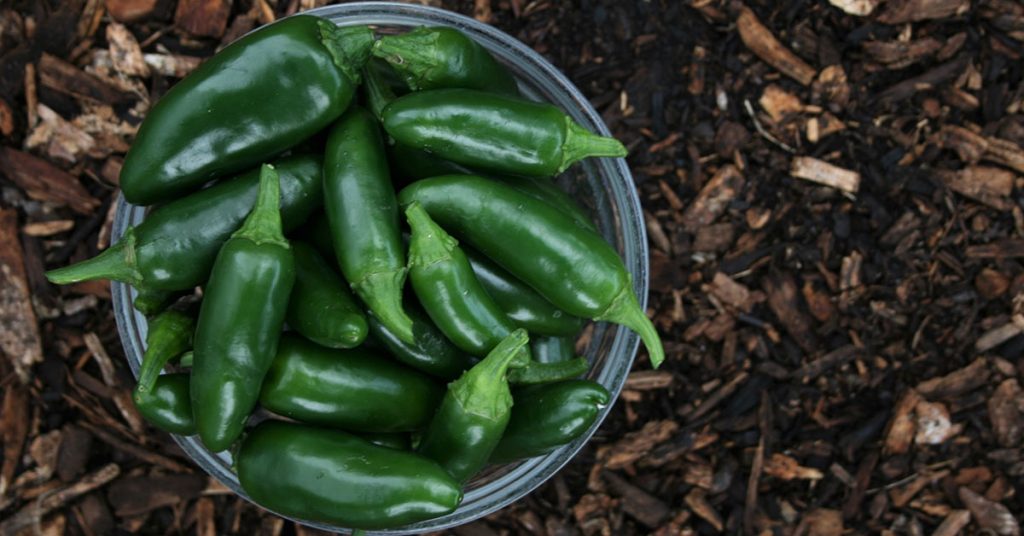
Regular harvesting encourages pepper plants to produce more fruit. When peppers are left on the plant for too long, they can signal the plant to slow down fruit production. Harvest peppers when they reach their mature size and color, depending on the variety. Use sharp scissors or pruners to cut the peppers from the plant, leaving a small stem attached to avoid damaging the plant.
Frequent harvesting not only boosts yield but also ensures that you get the best quality peppers. Overripe peppers can become soft and lose their flavor, while regularly picked peppers are crisp and tasty. By keeping up with harvesting, you can enjoy a continuous supply of fresh peppers throughout the season.










